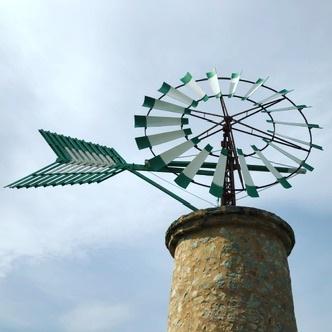How are endangered species like the Balearic shearwater threatened by invasive predators on the island?
Similar Topics
endangered species
balearic shearwater
invasive predators
island ecosystems
breeding success
habitat loss
conservation efforts
predator control
Endangered species such as the Balearic shearwater face significant threats from invasive predators on the islands where they breed. These birds, which nest in burrows and often on isolated coastal cliffs, are particularly vulnerable because their nesting sites are easily accessible to introduced mammals like rats, cats, and feral dogs. These predators can prey on both adult shearwaters and their chicks, severely impacting breeding success and the overall population. Since the Balearic shearwater is already critically endangered due to habitat loss and human disturbance, the added pressure of invasive species poses a serious risk to its long-term survival.
The introduction of invasive predators disrupts the natural balance of island ecosystems, where many native species evolved without such threats. Unlike in their original habitats, the Balearic shearwaters have not developed strong defenses against these predators. Rats, for example, can invade nests and consume eggs and chicks, reducing reproductive output dramatically. Similarly, feral cats hunt adult birds, especially during the vulnerable breeding season. The presence of these predators can lead to population declines and even local extinctions if left unchecked.
Conservation efforts aimed at protecting species like the Balearic shearwater often involve controlling or eradicating invasive predators. This can include trapping, poisoning, or fencing off breeding sites to prevent access. Such measures have proven effective in some island environments, allowing native species to recover. However, these efforts require ongoing commitment and monitoring to ensure the delicate island ecosystems are maintained and the endangered species receive the protection they need. By addressing the threats posed by invasive predators, conservationists hope to secure a future for the Balearic shearwater and other vulnerable island wildlife.
The introduction of invasive predators disrupts the natural balance of island ecosystems, where many native species evolved without such threats. Unlike in their original habitats, the Balearic shearwaters have not developed strong defenses against these predators. Rats, for example, can invade nests and consume eggs and chicks, reducing reproductive output dramatically. Similarly, feral cats hunt adult birds, especially during the vulnerable breeding season. The presence of these predators can lead to population declines and even local extinctions if left unchecked.
Conservation efforts aimed at protecting species like the Balearic shearwater often involve controlling or eradicating invasive predators. This can include trapping, poisoning, or fencing off breeding sites to prevent access. Such measures have proven effective in some island environments, allowing native species to recover. However, these efforts require ongoing commitment and monitoring to ensure the delicate island ecosystems are maintained and the endangered species receive the protection they need. By addressing the threats posed by invasive predators, conservationists hope to secure a future for the Balearic shearwater and other vulnerable island wildlife.
🧩 Related Questions
Related Question
How does the curing process affect the flavor and texture of Mallorcan sausages?
Related Question
Which neighborhoods in Palma are known for their beautiful jacaranda-lined streets?
Related Question
Are there any family-friendly activities or tours connected to the Sóller train experience?
